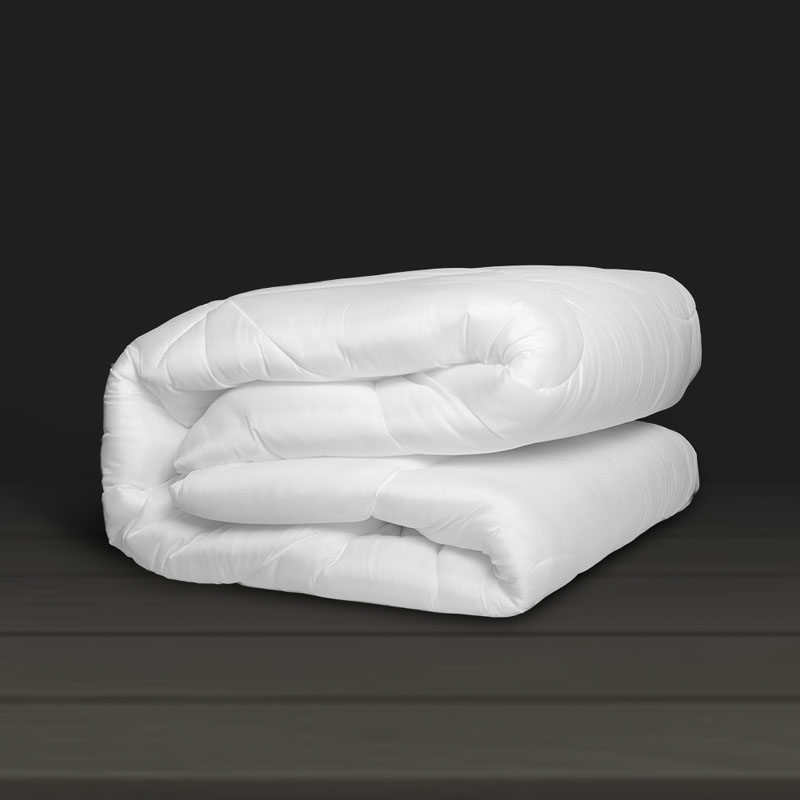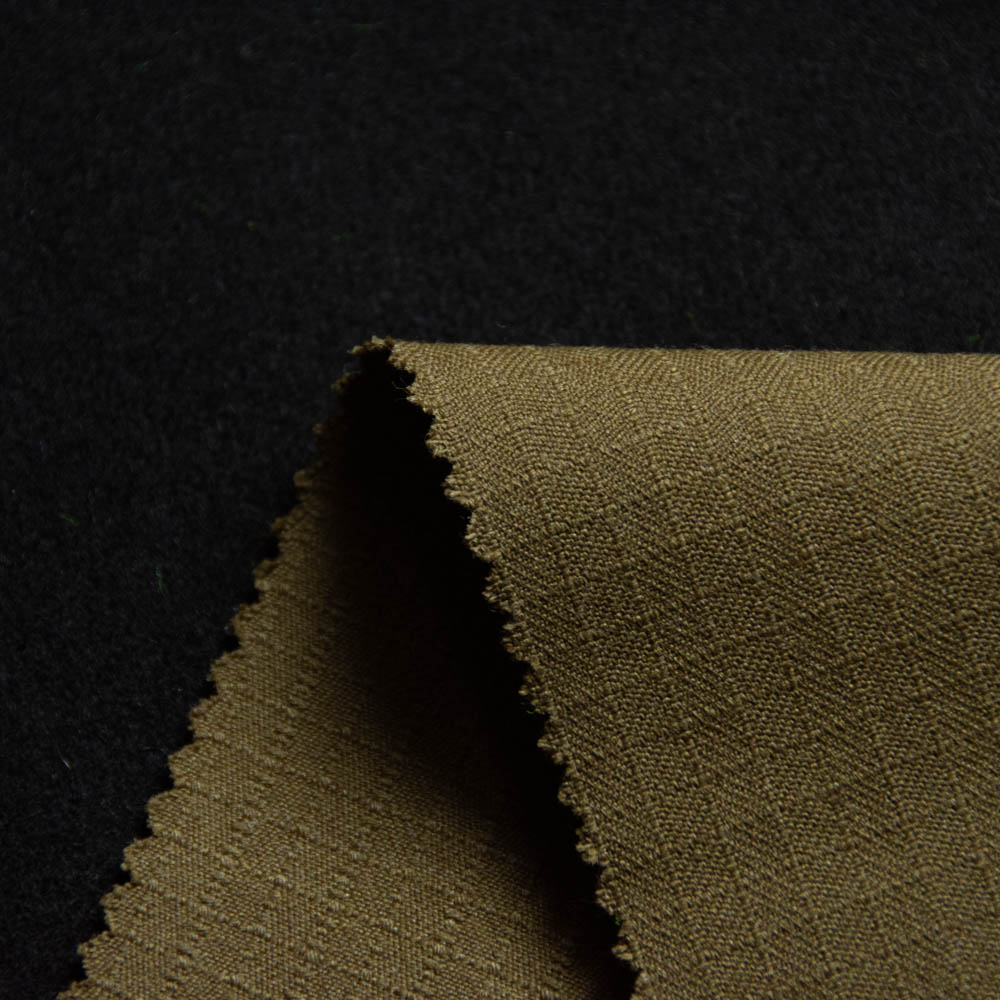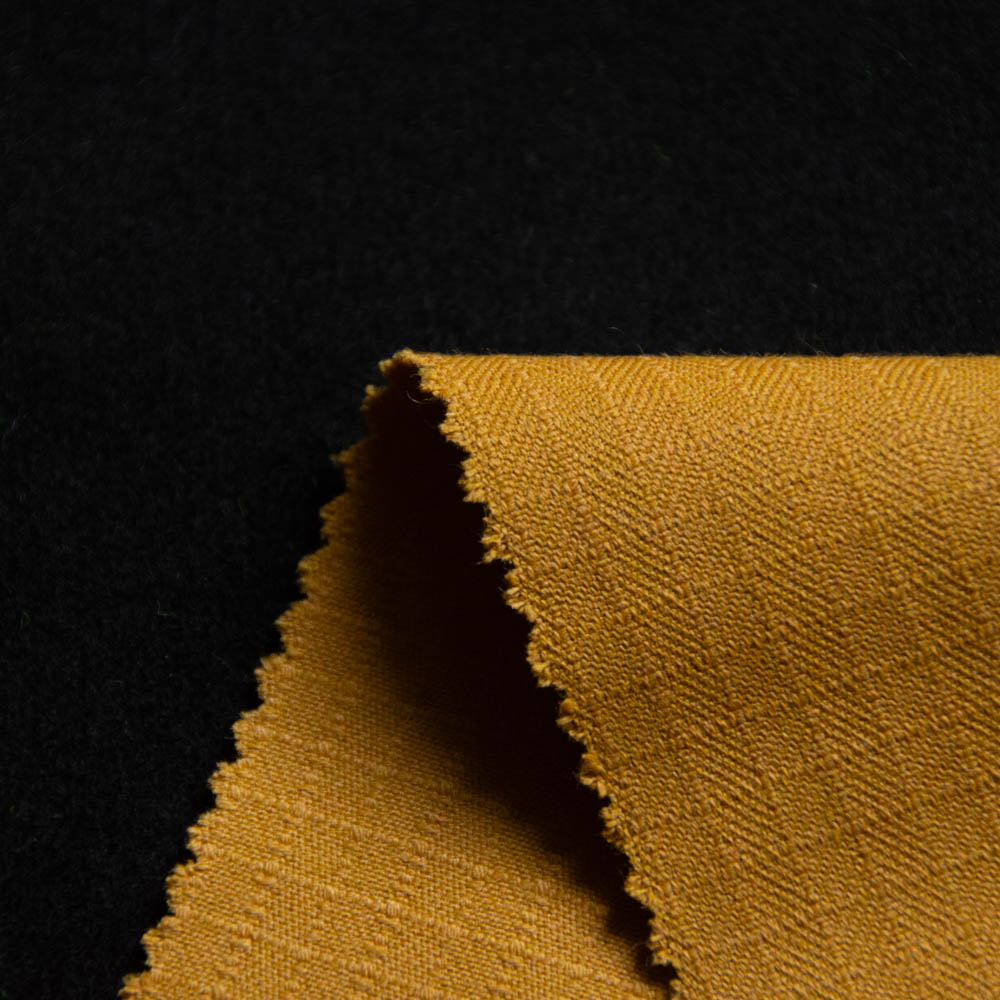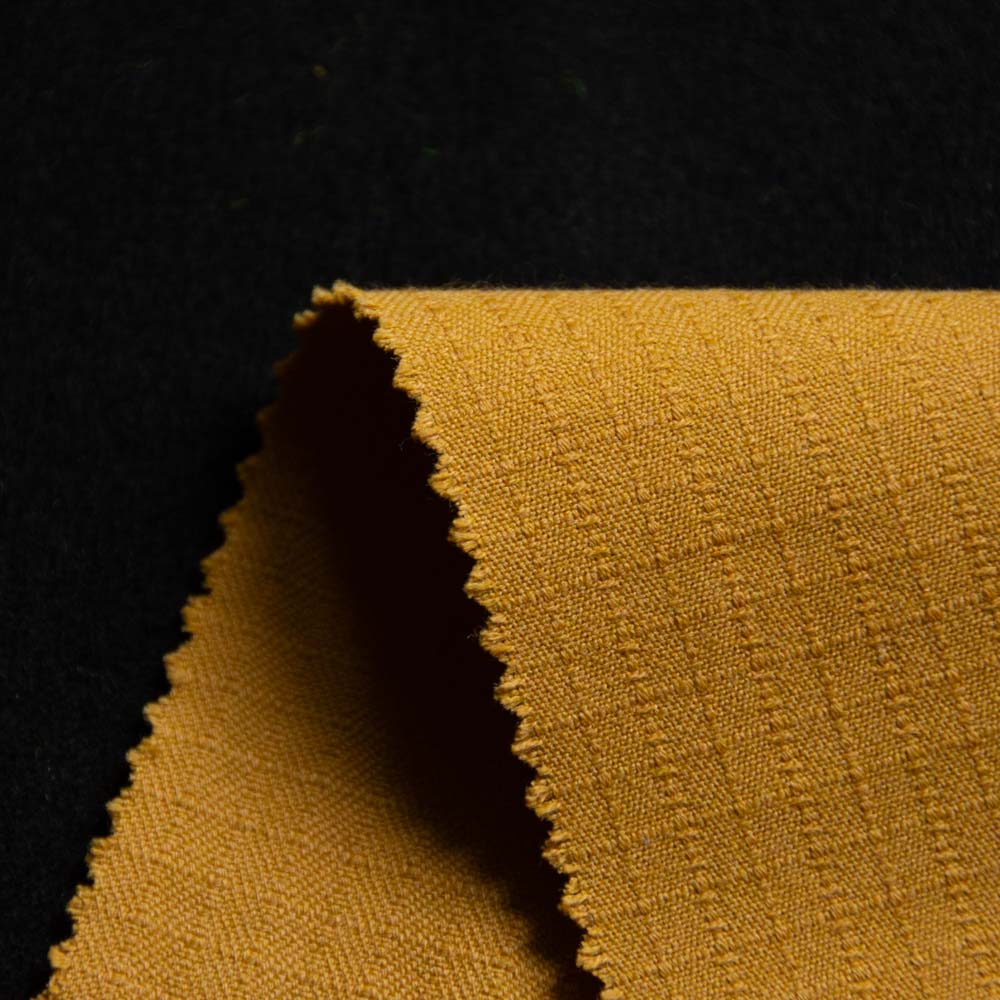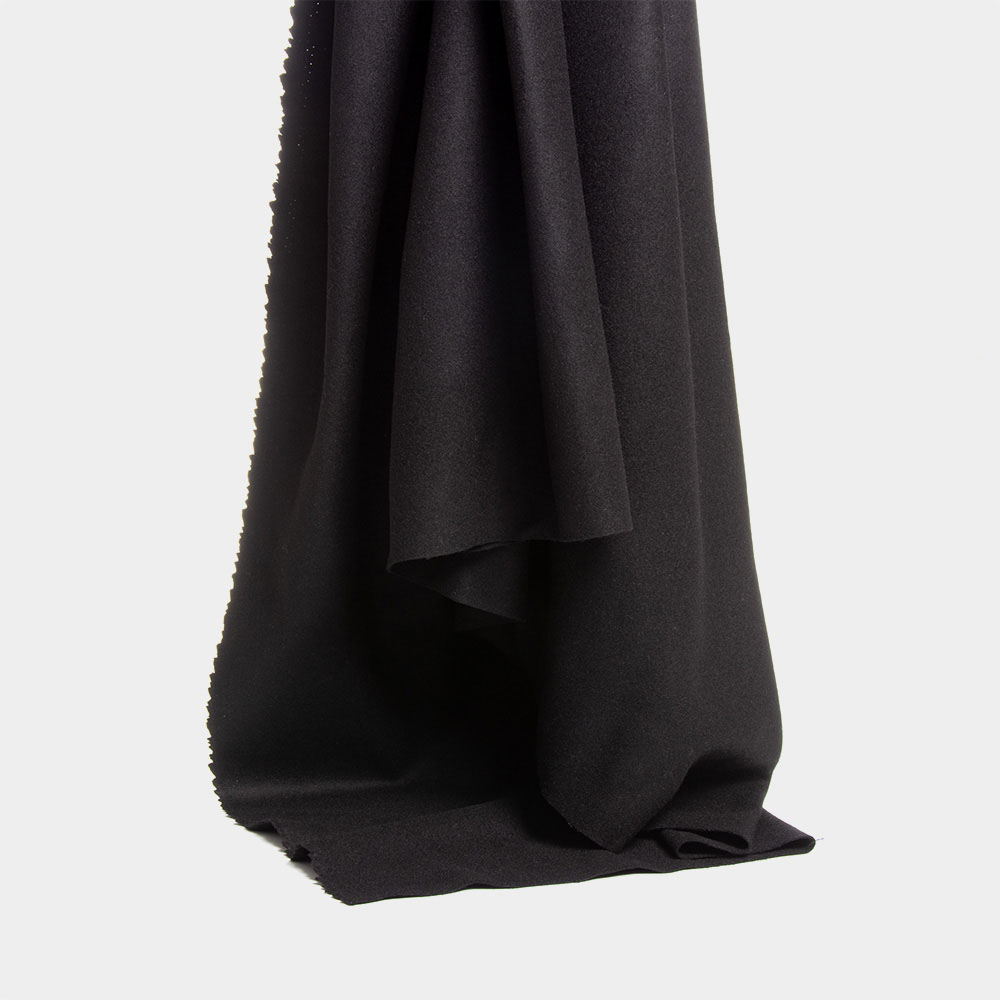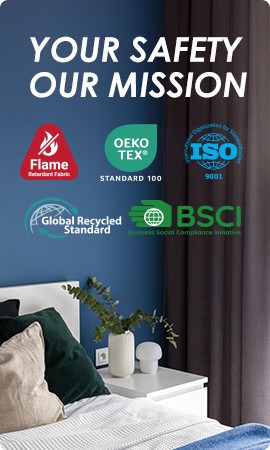Fire Retardant Upholstery Fabric: How It Works and Why It Matters
Understanding the Fire Retardant Upholstery Fabric
What is Fire Retardant Upholstery Fabric?
Fire retardant upholstery fabric is a broad category of textile materials that are used to prevent fire accidents in different applications, mostly in furniture and interior furnishings. On the one hand, this material is chemically treated or inherently fire-resistant so that fabrics will not readily combust or help fire spread rapidly. They are made mainly from polyester due to its fire-resistant capabilities. On the other hand, they are almost most common in environments with stringent fire safety regulations. Therefore, their use is central in meeting specific fire safety standards so that such upholstered furniture and decorative materials be usefully present in varying residential, commercial, and institutional locations.
Flame Retardant Standards and Safety Regulations
The use of fire retardant upholstery fabric is a common requirement imposed in different industry standards as well as by the government. For example, the National Fire Protection Association gives standards such as NFPA 701 that give criteria that are used to evaluate the flame propagation of textiles. California Title 19 on the other hand is a regulation that stipulates fire performance standards for fabrics and other decorative items used in buildings, thus ensuring that products comply with the set fire safety performance requirements. Such regulations are critical as they help protect the occupants and minimize property damage that might result from fire.
The Science Behind Fire Retardant Upholstery Fabrics
Flame Retardant Mechanisms Explained
The efficacy of fire retardant fabric for upholstery, generally, is related to the mechanisms of how flame retardants usually work. A great number of flame retardants operate via two main mechanisms, including either physically changing the consistency of the fabric or flame retardants interacting with fuel-containing fuel to prevent the spread of fire. Flame retardants may release water vapor during a fire, which cools the upholstery ensuring that the heat is eliminated and flame spread is ceased.
Applying Fire Retardant Coatings to Fabrics
Fire retardant coatings Fire retardant coatings present another option for increasing the fire resistance of upholstery fabrics, particularly of those made from polyester. By being applied during the finishing processes, such coatings work by altering the surface properties of the fabric on a chemical level, making such material less prone to igniting and able to slow down its burning. Testing finished fabrics in regard to flame resistance is essential, as it helps evaluate how much the changes on the coating and on the fabric itself could help in repelling the flames, and to establish the type of the coating used. Manufacturers also need to be aware and control the extent of which the coating impacts the aesthetics of the fabric, as their consumers want both safety and looks from their products so the final coating result that receives a rating will have to comply with the aesthetic benchmark mentioned to be viable.
Manufacturing Techniques for Fire Retardant Polyester
Copolymerized Flame Retardant Modification
The copolymerized flame retardant modification method allows achieving a true synergism of chemical efforts, merging the flame retardant agents directly into the chemical structure of the polyester. Currently, phosphorus-based copolymer flame retardants are commonly used. Phosphorus-based flame retardants have good flame retardant effects on polyester fibers, and no toxic gases are generated during combustion, making them an environmentally friendly flame retardant system. The produced flame-retardant polyester has good thermal and mechanical properties. The addition of flame-retardant copolymer monomers has a certain impact on the crystallization properties of polyester, reducing the binding force and orientation degree between lattices, thereby improving the dyeing performance of fibers.
Blend Flame Retardant Modification
Blend Flame Retardant Modification requirements of the blending method are lower than those of the copolymerization method, so it is widely used in flame retardant modification of polyester fibers. The addition and blending methods of flame retardants are also very important, such as blending before spinning, blending at the beginning of polycondensation, and blending before discharging after the end of polycondensation. This can make the fiber distribution more uniform, avoid severe agglomeration of flame retardant particles, and ensure better mechanical properties of spinning.
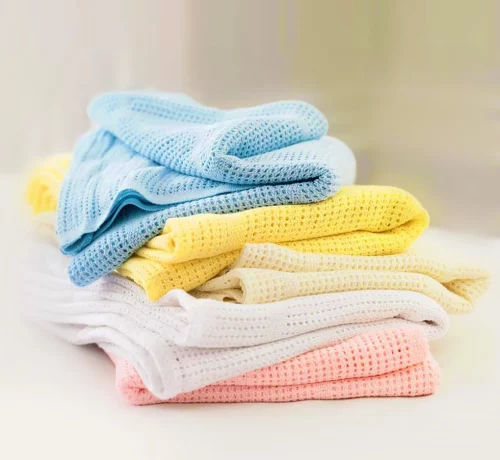
The Role of Flame Retardants in Furniture Safety
How Flames Spread in Upholstered Furniture
The understanding of the way flames always travel in upholstered furniture is of the utmost concern due to the necessity to analyze fire risks and address appropriate safety measures. In general, upholstered furniture consists of fabric, foam, and wood, and each of them has a relative contribution to the overall fire performance. In the case of ignition, each of the upholstery components can develop heat and smoke very rapidly, which speeds up the rate of flame travel also significantly. In this regard, the ignition source can be successfully controlled with a fire retardant upholstery fabric, thus delaying the time of combustion, and making it possible for all people who stay in the area to leave and request help.
Importance of Using Fire Retardant Fabrics
Upholstered furniture is much safer if covered by fire retardant fabrics. It is essential to minimize hazards of both flame spread and toxic smoke generation. Therefore, implementing a unified strategy with regard to fire safety makes perfect sense. Designed and implemented in cover fabrics, such a unified approach can unite manufacturers and furniture designers. Overall, this will enable safer dwellings and public environments so that the end-users are less exposed to the risks of fires.
Practical Applications of Fire Retardant Upholstery Fabrics
Blanket
Blankets are among the products where fire retardant upholstery fabric is used extensively and plays an important role in both residential and public settings. The fact is that the nature of such materials allows fire spread to be minimized, which is especially critical in those locations when it might be extremely hot, such as being outside or near heating materials. Besides, BEGOODTEX fire retardant blankets use materials that remain fire-preventative even after being washed many times and, therefore, fully guarantee their users’ protection from instances of fire, which is advantageous from the viewpoint of fire safety overall.
Curtains
Curtains are a practical application of fire retardant upholstery fabric. Curtains made of polyester fabric are treated to pass rigid fire safety requirements and can be used with great efficiency in public buildings, hotels, or homes. They are not only a good element of decor but are of the utmost importance from the point of fire safety. Such curtains will stop the flame from spreading, and being compliant to the existing guidelines, such as CA Title 19 or NFPA 701, they also provide their customers with a guarantee of safety.
Bedding Fabric
Fire retardant upholstery fabric in bedding is essential in enhancing safety in the bedroom, hotel, and institution bedrooms. Emerging technologies in the bedding industry are focusing on reducing the risks associated with ignition sources and sources of heat in the sleeping environment and using the information on the materials to enhance the safety of the occupants. The close contact that the bedding has with the human skin makes the human body safe as these materials are fashioned with the knowledge of fire retardant technology.
Pillow and Sofa Cover
An advantageous application of fire retardant upholstery fabric can also extend to the making of pillow and sofa covers. Since upholstered furniture can be exposed to different sources of ignition, the use of these fabrics seems crucial. Apart from offering lightweight and breathable options, polyester fabrics that are made fired-retardant can come in a variety of designs as well. Therefore, the described materials can be added to pillows and sofa covers without issues affecting the visual appeal and convenience of furniture.

Why BEGOODTEX Products Ensures Better Safety and Quality
BEGOODTEX products are tested according to the existing fire safety criteria such as NFPA 701:2019, EN 13773 CLASS 1, CA Title 19. These test methods evaluate the inherent flame propellant properties of the fabric ensuring that it complies with the safety standards of the specified applications. We pay attention not only to the compliance of its products with fire safety regulations but also to the quality and longevity of its fabrics. The fire-retardant upholstering materials that we created with the goal of protecting from point wear and being resistant to washing. The constant research and dedication to excellent safety standards at BEGOODTEX actually add to our recognition as one of the most prominent players in the market of fire retardant upholstery fabrics.
Want to explore more fire retardant knowledge and products? Visit and contact us at [email protected] NOW!


